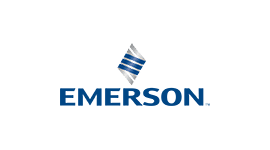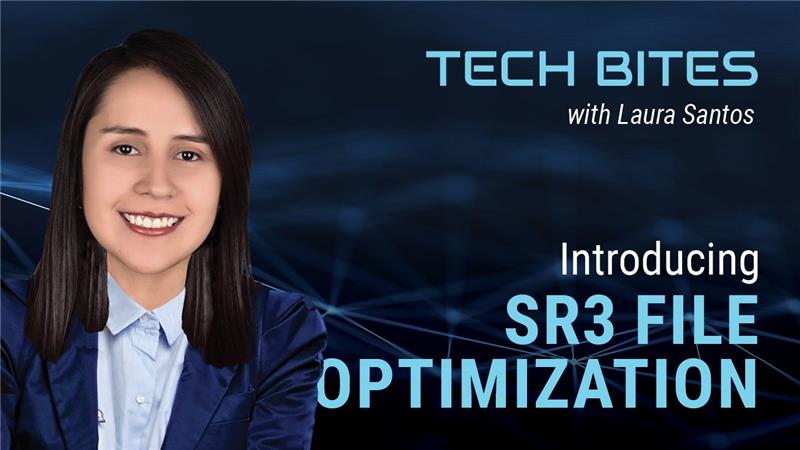- Accelerate
- Solutions
Solutions
CMG has a rich history of bringing industry-first solutions to the market. Our expertise encompasses a broad spectrum of energy workflows and our technology can help energy companies navigate this complex landscape.
- Professional Services
Professional Services
We partner with industry-leading organizations to ensure our customers have the end-to-end support they need. Whatever your challenge is, one of our preferred partners would be happy to work with you.
Our Partners




- Investors
Investors
Our CMG 4.0 Strategy, announced in 2022, is a multi-faceted transformation strategy focused on growth, profitability, and acquisitions.
Computer Modelling Group Ltd. (TSE: CMG)
Stock quotes are 15-minute delayed
- Company
Company
We are a global software and consulting company that combines science and technology with deep industry expertise to solve complex subsurface and surface challenges for the new energy industry around the world.
Open Positions
job-listingUnited States- Houston (with flexibility for remote work)
- Full-time, Permanent Position
- Resources
Resources
We’ve created a wealth of educational assets to advance your industry and technical capabilities.

Learn With CMG
View Available Training Courses


